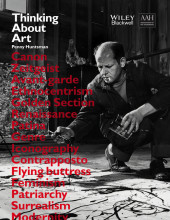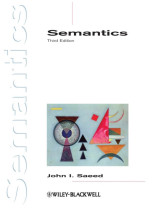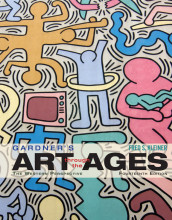Patronage and the Social and Cultural Status of the Artist - Private Patronage in the Fifteenth and Sixteenth Centuries - Glorification of the patron and self-glorification by the artist
8 important questions on Patronage and the Social and Cultural Status of the Artist - Private Patronage in the Fifteenth and Sixteenth Centuries - Glorification of the patron and self-glorification by the artist
Who was the Florentine family that commissioned most of the city's art?
Who were often included in commissioned private artwork in the 15th century?
Why were the De' Medicis also included in paintings they had NOT commissioned, like Sandro Botticelli's The Adoration of the Magi?
- Higher grades + faster learning
- Never study anything twice
- 100% sure, 100% understanding
In what way were patrons and patron saints connected?
Why were biographies suddenly being written about artists in the Early Renaissance?
Why were the Florentines so interested in Donatello's David?
What did Donatello's David say about the Medicis?
What does Albrecht Dürer's Self-Portrait say about the early 16th-century artist?
The question on the page originate from the summary of the following study material:
- A unique study and practice tool
- Never study anything twice again
- Get the grades you hope for
- 100% sure, 100% understanding
































